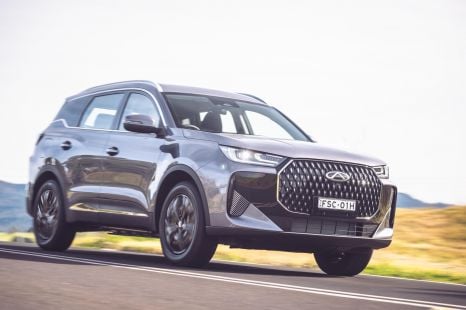

CarExpert.com.au
Chery Tiggo 7 Super Hybrid: The mid-size SUV that rewrites the value equation
8 Hours Ago
Bi-Xenon, LED, Matrix – headlamps in cars have advanced significantly over the last 20 years. Pardon the pun, but Hella is one of the companies that is illuminating the way forward for lighting technology.

Contributor
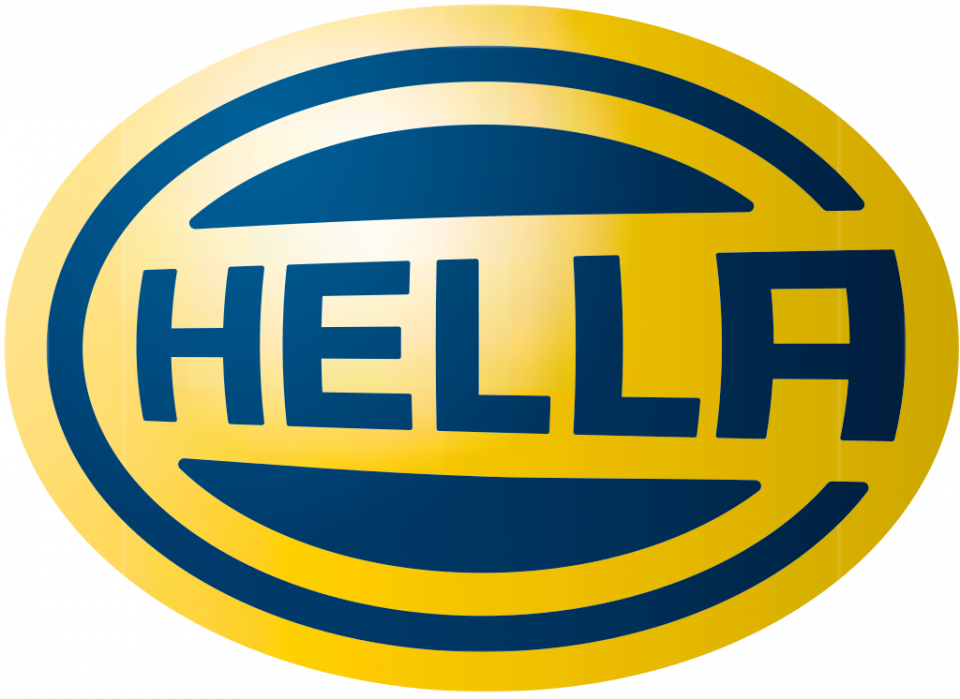

Contributor
From acetylene gas lamps to LED and laser, and through innovations such as automatic high beam, headlights have evolved significantly over the last 100 years. One of the pioneers in headlight technology during this time has been Hella.
Hella is a German supplier that primarily manufactures automotive headlights, but also has operations relating to other automotive parts including radar sensors, commonly used in lane change assist systems.
Does your new car have fancy Matrix headlights? Hella is the company likely responsible for engineering them.
Headquartered in Lippstadt, Germany, Hella ranks as the 42nd-largest supplier based on revenue to automotive OEMs, with sales of approximately $US6.8 billion based on 2018 numbers.

Hella’s story is one of a family business that served as a foundation for the company. The firm traces its origins back to the late 19th century.
During this time, the Windmüller family operated an animal feed store in the Westphalia region of Germany. Sally Windmüller expanded this store to make and sell accessories for horse carriages, including horns, lamps and other fittings.
The production of lamps suitable for horse carriages was assisted in part by the business purchasing the tooling of a lamp-maker nearby which had gone bankrupt.
The business was formally incorporated as the “Westfälische Metall-Industrie Aktien-Gesellschaft” in 1899 – translating literally to Westphalian Metals Industry Ltd (WMI). At this point, the new company employed over 100 workers. Like many other suppliers of the era, a transition, and expansion, in demand from horse carriages to the automobile also caused an uptick in business for parts suppliers.
WMI decided to focus on the production of lamps suitable for the automobile, and under Windmüller’s guidance launched the Hella acetylene headlamp in 1908.
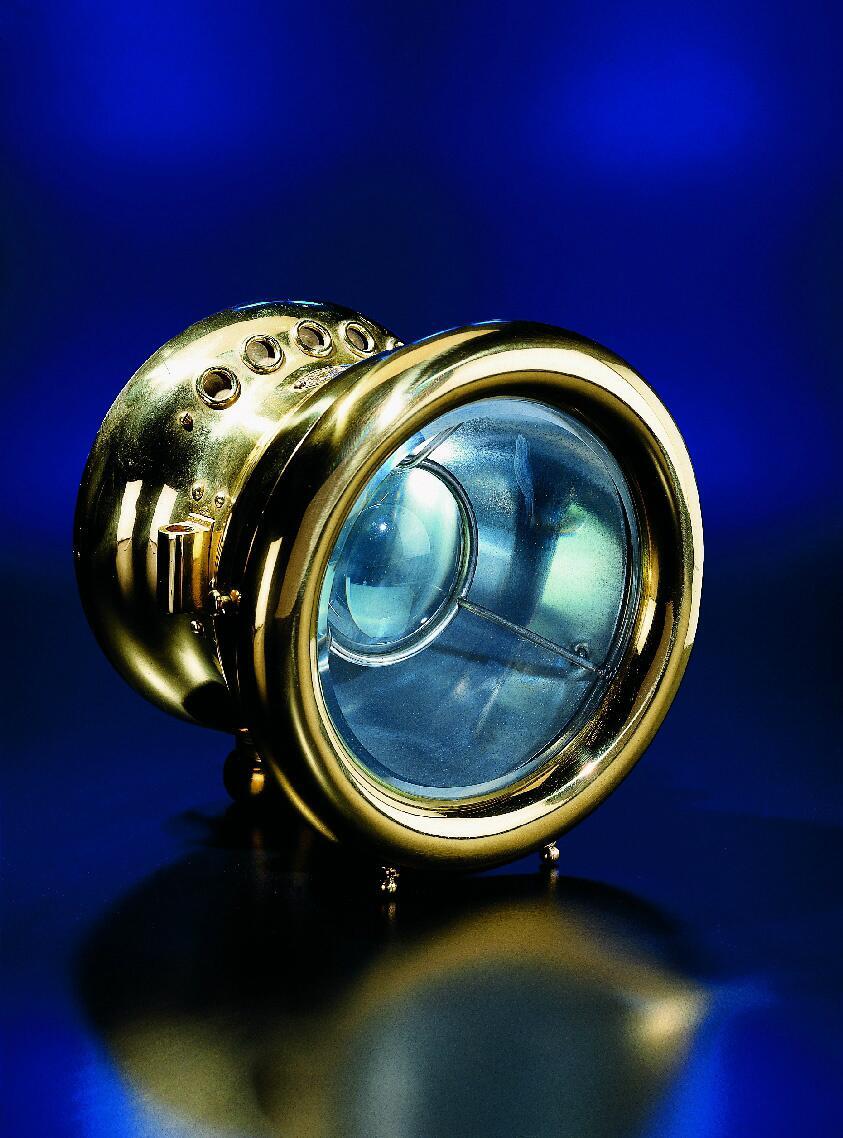
This headlamp was the firm’s first big innovation. By using a grinding process to produce the headlamp lens and lining this lens with silver, the headlamp was significantly brighter with a much greater throw than other headlamps at the time that used metal reflectors.
Named after Windmüller’s wife Helene, the success of this product enabled further expansion. Apart from manufacturing munitions and headlights for military vehicles during WWI and WWII, the company manufactured everything from vehicle accessories such as cigar lighters to kettles and saucepans – this was especially prevalent during the 1930s as the company attempted to remain solvent.
Major customers during this time included Ford, with the manufacturer using Hella products including horns and headlamps for many of its vehicles.
Perhaps more significantly, Hella was chosen to be the headlamp supplier for the very first Volkswagen, the KdF-Wagen.

In parallel with the post-war German economic recovery, the firm was able to subsequently expand with new factories in German cities apart from Lippstadt.
With Hella being used already as a model name across a variety of the firm’s products, in 1986 the company decided to officially change its name from WMI to Hella KGaA Hueck & Co., with “Hueck” referring to another family that were shareholders in the firm.
Hella is notable for several lighting innovations in addition to its original acetylene headlamp.
Cars drive on one side of the road rather than in the middle. To appropriately illuminate the road without blinding oncoming traffic, asymmetric light distribution is more effective as it enables greater illumination on a particular side of the road.
To this extent, Hella was the first supplier to receive approval to produce headlamps with an asymmetric light distribution in 1957.
Cars today are often sold with projector headlamps (with a lens similar to that of a home theatre projector). Compared to traditional reflector headlamps, projector-based alternatives typically offer a brighter, more even beam with less risk of glare for oncoming drivers, as the projectors can be precisely adjusted to dip downwards.
Together with Bosch, Hella was the first to commercialise this innovation in the 1986 E32 BMW 7 Series.

Hella has also been responsible for a range of more recent aesthetic and technical innovations in lighting.
With the Citroën C4 Picasso and C4 Grand Picasso, Hella introduced the ‘3D tunnel’ lighting effect for LED tail-lights.
To create this, Hella arranged a set of semi-transparent mirrors in a fashion that would infinitely reflect the initial emitted light, creating a strong sense of depth despite otherwise being a largely conventional tail lamp assembly.
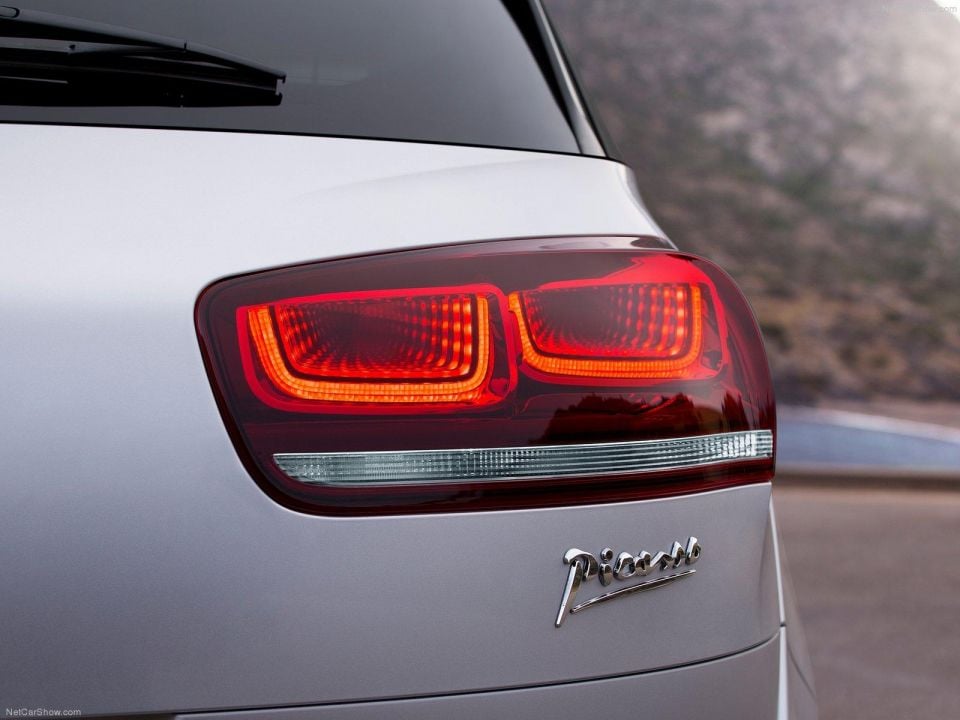
Hella’s use of OLED (Organic Light Emitting Diode) and further advances in lighting control technology has built on the above by enabling animated lighting sequences, as seen on the 2018 Audi A8. As seen in the video below, this enables novel, scenario specific lighting designs – for example, a specific animation for locking or unlocking the vehicle.
AFS (Adaptive Front-lighting System), auto high-beam and Matrix LED. Hella has also been directly involved with all of these recent intelligent headlight innovations.
These technologies all use input from a range of variables, such as vehicle speed, steering input and GPS data to provide the best possible light given for the driving environment. As an example, the light distribution for motorway driving would be significantly different than the distribution for a cornering light, where a wider field of vision would be necessary.
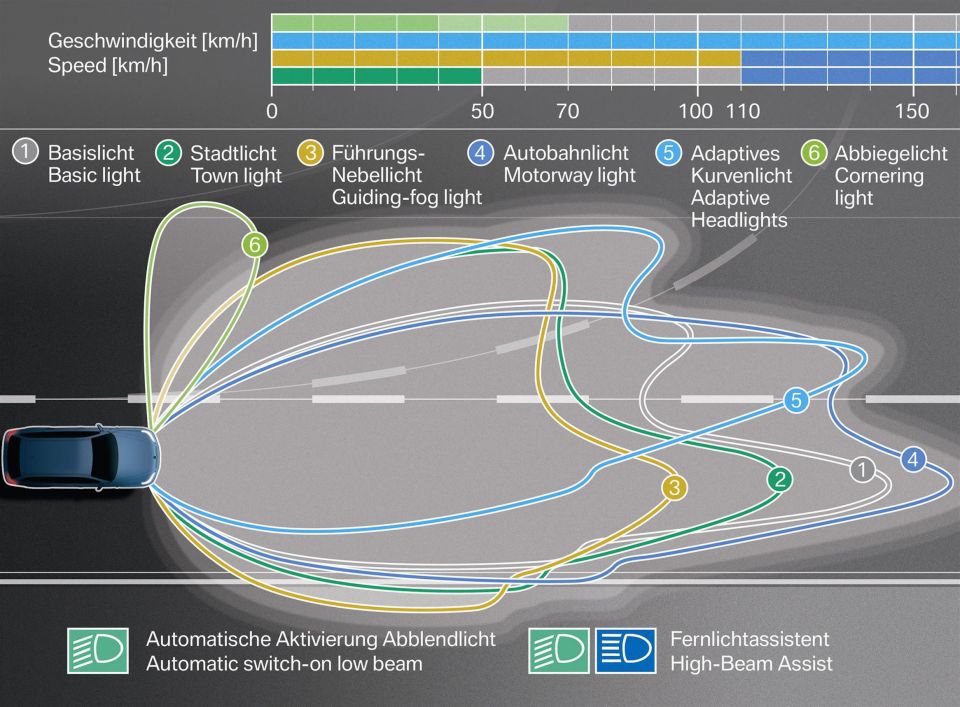
Matrix LED lighting systems build on this by incorporating data from a front-facing camera that uses image recognition technology to detect oncoming vehicles, pedestrians and cyclists.
As the headlight system is composed of numerous LEDs, Matrix technology is then able to selectively blank out individual LEDs (or banks of LEDs) to ensure oncoming traffic is not blinded. This enables the driver to consequently always drive with their high beams on, therefore ensuring the maximum possible light is available without adversely affecting other road users.


CarExpert.com.au
8 Hours Ago
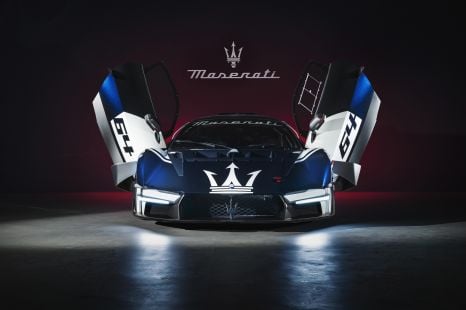

William Stopford
10 Hours Ago
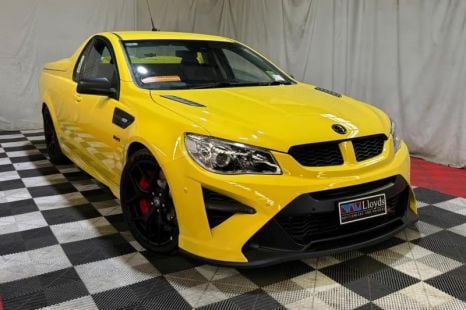

Damion Smy
11 Hours Ago


James Wong
11 Hours Ago
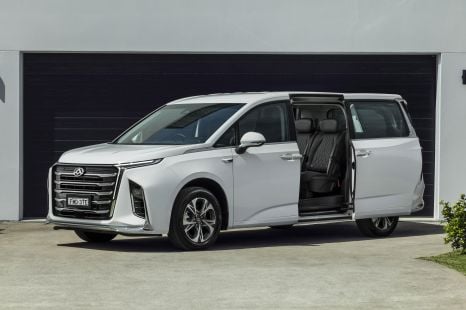

William Stopford
12 Hours Ago


Andrew Maclean
12 Hours Ago